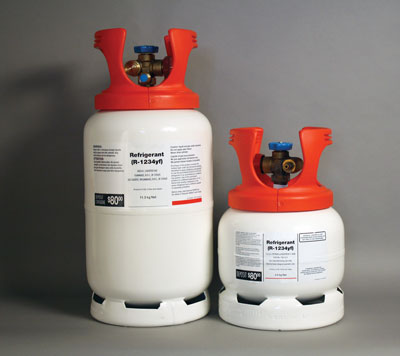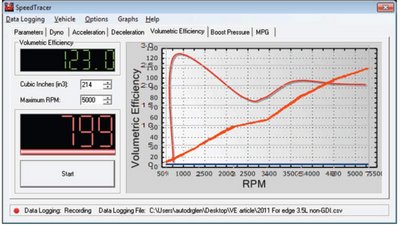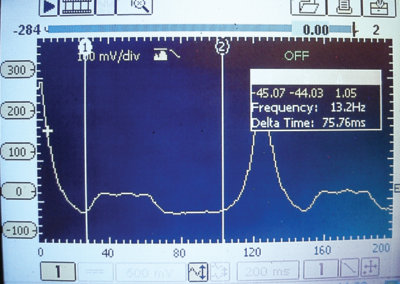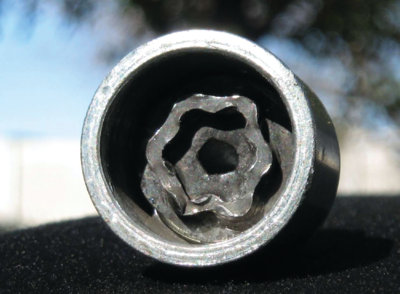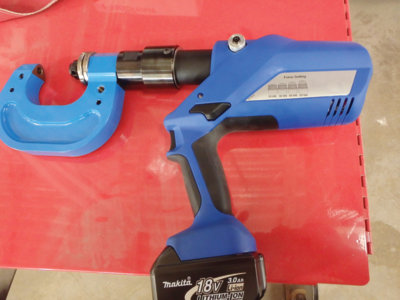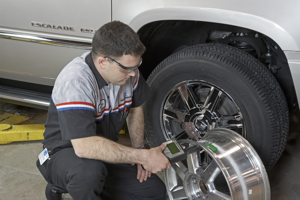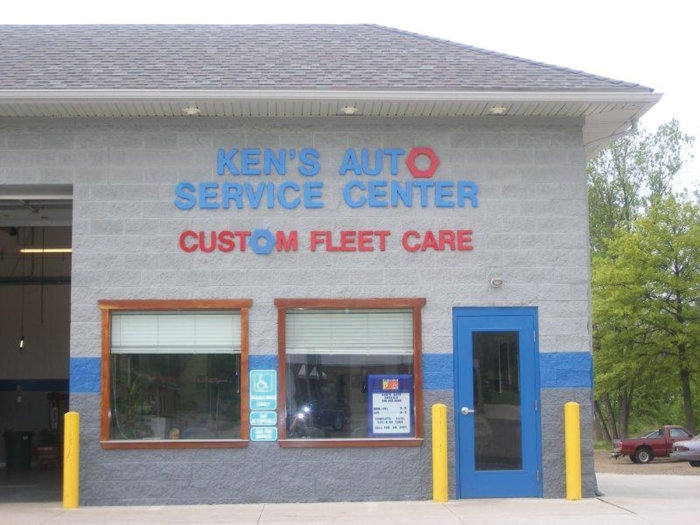 Bar’s Leaks introduces Head Gasket Fix, the first chemical solution to permanently repair head gasket and other major cooling system leaks simply by adding it directly to the radiator where it mixes with existing antifreeze/coolant. No flushing is required. Head Gasket Fix is effective in all gasoline and diesel engines.
Bar’s Leaks introduces Head Gasket Fix, the first chemical solution to permanently repair head gasket and other major cooling system leaks simply by adding it directly to the radiator where it mixes with existing antifreeze/coolant. No flushing is required. Head Gasket Fix is effective in all gasoline and diesel engines.
“Bar’s Products greatly expanded the stop leak market category in 2004 when we introduced Bar’s Leaks Head Gasket Repair, the very first repair-specific chemical solution for blown head gaskets,” said Clay Parks, vice president of development. “Now we’re leading the way again with an even more user-friendly solution to head gasket leaks. Unlike other products, Bar’s Leaks Head Gasket Fix is added directly to the radiator, without flushing out existing antifreeze. You are ready for normal driving in as little as 15 minutes.”
Bar’s Leaks Head Gasket Fix uses patent-pending formulas combining high-grade and specialty sealing liquids with various sizes of gasket-sealing particles to penetrate gaps and cracks, and then harden to permanently stop leaks. In addition to repairing blown head gaskets, it also fixes leaking cylinder heads, intake gaskets, cracked blocks and freeze plugs. It is compatible with all types of antifreeze, including conventional green or blue (silicate-based) and extended life (red/orange) or yellow (OAT/HOAT). The product also can be used in cooling systems containing only water. Bar’s Leaks Head Gasket Fix works on aluminum and cast iron heads and engine blocks.
Replacing a blown head gasket professionally can cost upwards of $2,500. Suggested list price for a bottle of Bar’s Leaks Head Gasket Fix is $29.95. One 24 oz. bottle treats systems up to four gallons (most vehicles with four, six or eight cylinders). It is available to distribution in case packs of four bottles.
Like all Bar’s Leaks products, Head Gasket Fix is produced in the USA. The label includes directions in both English and Spanish.
For more information about Bar’s Leaks Head Gasket Fix (p/n 1111) or other Bar’s Leaks chemical solutions, call (800) 521-7475, e-mail [email protected] or visit the website at www.barsleaks.com.


